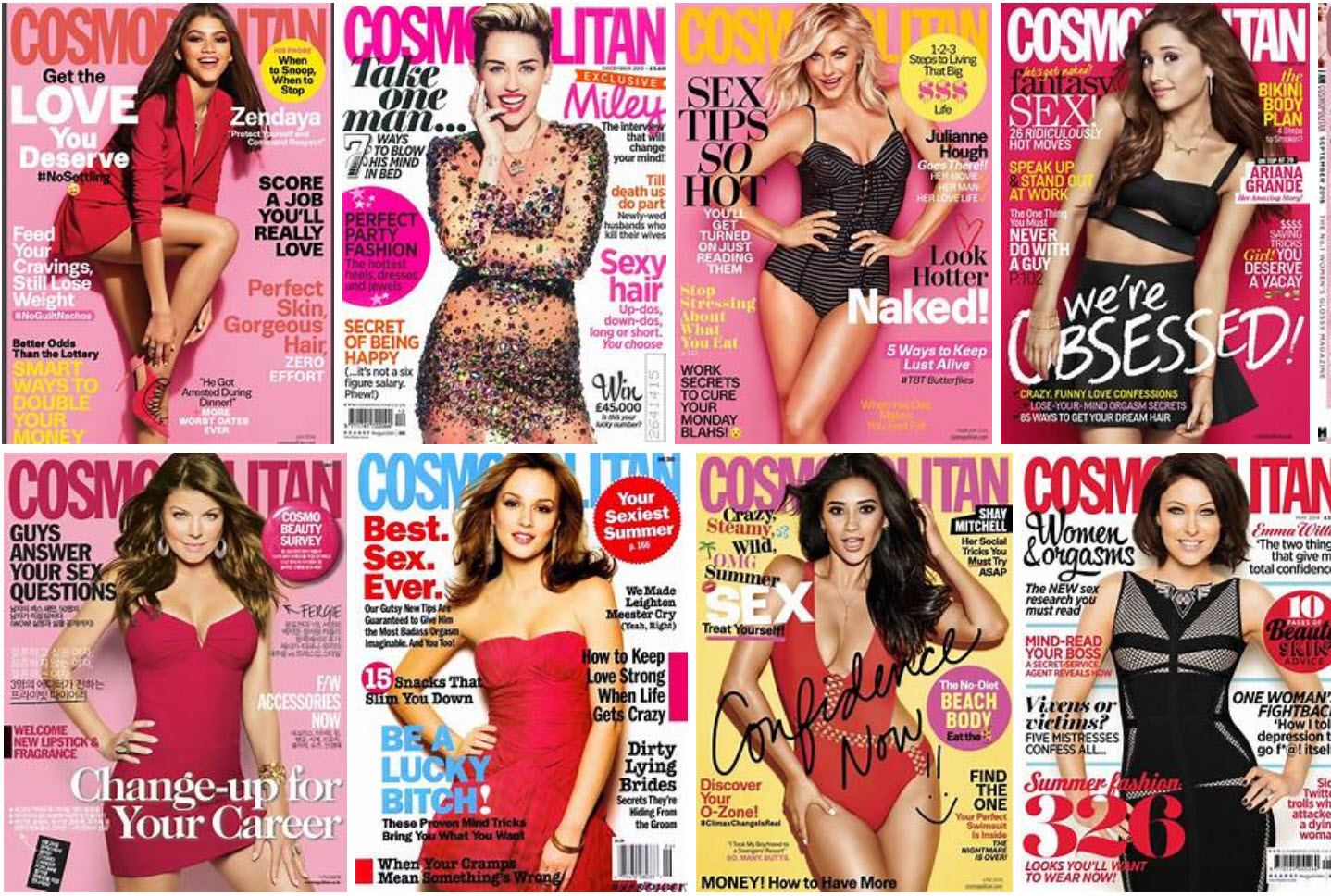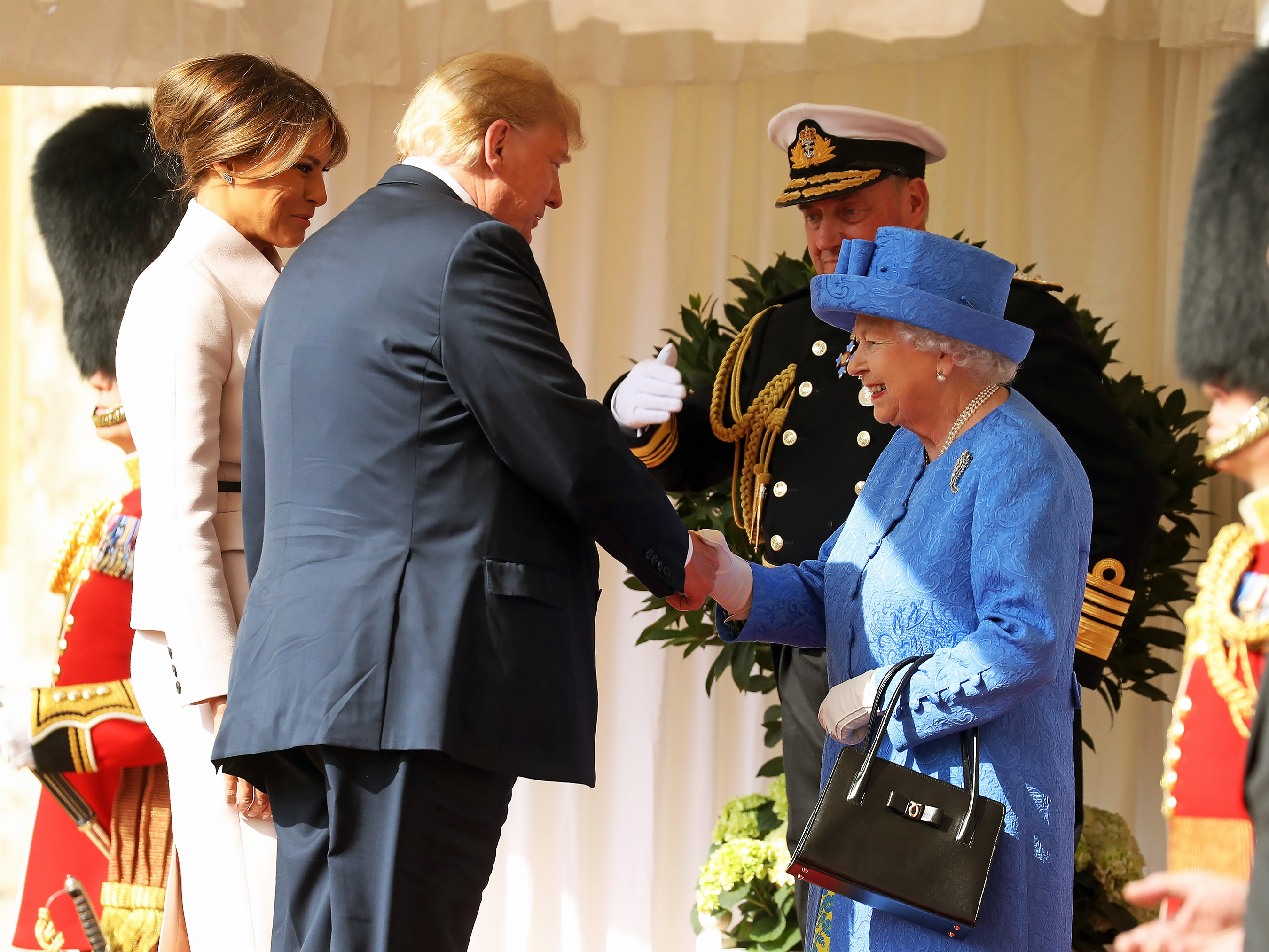For gossip, celebrity news and style tips, I always look to Cosmopolitan, which is pretty much the norm for American women. For Cosmo in the U.S., the Kardashians, “sexoscopes” and all things “Bachelor”-related are considered front-page news.
As an American woman, I’ve come to expect as much from magazines geared toward females, as sitcoms and celebrity gossip are at the very core of feminine publications. That being said, when I came across the UK’s webpage for Cosmo, I came to realize how vastly differently women’s “interests” are perceived in European countries.
For instance, on the American Cosmo webpage, heartthrobs and attractive male celebrities are the first two things I come across. More specifically, I saw “To All the Boys I’ve Loved Before” star Noah Centineo’s face more times than I can count.

Other headlines included Kim Kardashian’s “grillz,” Nicki Minaj’s two boyfriends (which I’m still slightly confused about) and Netflix’s original movie “The Kissing Booth.” Yep, we’re still on that. To most Americans, this appears perfectly normal for a women’s magazine. Expected, even. But to European women, this would likely be insulting.
So, to prove my point, let’s take a look at Cosmopolitan in the United Kingdom. For starters, when you type “Cosmo UK” into the Google search bar, you’ll see articles about a plus-sized model being on the cover of the magazine. UK: 1 U.S.: 0.
If you navigate through Cosmo UK’s website, you’ll see an entire section dedicated to curvy women, articles about Aretha Franklin’s funeral and features about up-and-coming young adult novels. Sure, there are several articles dedicated to celebrities, but the magazine’s primary focus is societal issues, such as national tragedies and female intelligence.
The site also includes a sidebar that keeps tabs on the royal family, which is something that Cosmo UK shares with Cosmo U.S. However, their takes on the royals differ in several ways. For one, Europe’s Cosmopolitan stresses the queen’s royal endeavors and Meghan Markle’s feminist stance, though there is a somewhat gossipy article about her (potential) pregnancy. In contrast, the U.S. articles are about Prince Harry’s dorm decor, Kate Middleton’s “drinking society” and royal wax figures. Do you see where I’m coming from?
This obvious discrepancy in article subject matter is what inspired the central idea behind this article: America’s perception of female interests is problematic.
How did feminine publications become centered around sex and celebrity gossip, and why? The UK is combatting this issue, so why isn’t the U.S.? There seems to be a disconnect between female culture in the United States and other Western countries.
Also, there aren’t many places you’ll read “50 Kinky Sex Moves” or “Super-Hot Sex Games” on magazine covers. You’d think so, anyway. But here in the U.S., that’s pretty much the norm — you can’t even go to the pharmacy or grocery store without sex advice and sex tips being advertised.

And while the UK also sells Cosmopolitan, its magazine covers advertise entirely different, and appropriate, headlines. Rather than emphasizing articles of a sexual nature, Cosmo UK’s covers send a completely different message. Their headlines include: “Is Success an Illness,” “You’re Hired! The Office Politics that Really Count” and “How Is Your Self Esteem? The Dark Side of Virtual Beauty.”
I’m just confused as to how sex is considered the central interest of American women, whereas individual success and a professional career are considered the primary interests of European women. How did this shift in female culture come to be? Are the U.S. and the UK really that different? It’s 2018, people!
If we’re looking at things through a political lens, I’d start with the two strikingly different leaders of both countries. For the U.S., we have Donald Trump, a man who claims to have slept with numerous women, mocks menstruation and likes to, as he most famously claimed, “grab them by the p—-.”
Don’t you find it odd that his remarks to and about women are overwhelmingly sexual? As we’ve established already, Cosmopolitan is sexualized in itself — it sure seems like the American government and American women’s magazines are in tune, doesn’t it?

In contrast, the UK has had a woman in power, Queen Elizabeth II, for decades, and she has come to be an icon for classiness, strength and dignity. Unlike Trump, who is known for being somewhat of a misogynist and has controversial associations, Queen Elizabeth has maintained a positive image and reputation ever since the 1940s. The result? Uplifting feminine publications. Cosmo UK is merely one example of an encouraging female magazine that correctly portrays the interests and goals of women.
Maybe the government has more control over the media than we think. And, seeing as I’m an American woman, I suppose I should be a bit concerned.
Another issue that could have affected both magazines is media coverage. Here in the U.S., reporters will catch literally anything on camera. We even have a show that publicly crosses personal boundaries and advertises it proudly. (TMZ, anyone?)
In today’s world, American privacy is essentially obsolete. According to Irish playwright George Bernard Shaw, however, it’s been that way for decades: “An American has no sense of privacy. He does not know what it means. There is no such thing in the country.” So, I suppose a provokingly sexual headline shouldn’t be surprising in the good ol’ US of A, am I right?
I don’t find the shift between UK Cosmo and U.S. Cosmo to be entirely cultural. There are several factors that have contributed to the striking differences between the two magazines. (Which is ironic, seeing as they go under the same name.)
If the U.S. had a different head of government and didn’t go overboard with media coverage, perhaps female interests would be properly identified in women’s magazines. In a country consumed by sex scandals and “Big Dick Energy,” a female voice is direly needed, and feminine publications are the perfect place to start. Cosmopolitan U.S., please look to your European counterparts for guidance.
















